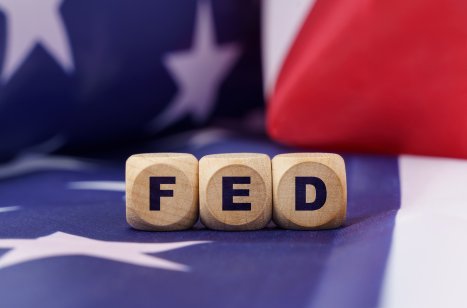The Fed may choose to raise interest rates in late January, when the board’s next FOMC meeting is held, less aggressively than it did in 2022, according to CME Group’s FedWatch Tool.

Even though 2022 was marked by significant interest rate increases to a degree never before seen in terms of intensity and absolute basis points in a single year, CME Group’s Tool predicts that 2023 will be more forgiving in this regard.
While several statistics in America, including the employment rate and prices, have so far held up, it is not guaranteed that this will continue forever. With this Tweet, Forbes reaffirms what was mentioned above and creates room for optimism.
When compared to how things are going in other nations across the world, the US economy has had a successful year.
The number of jobs in the Confederate state surged by more than 250,000 in the three months from September to November alone as the United States of America slowly added thousands of new jobs each month.
The recession is officially here, and in Europe—in some nations more so than others—it has already given us a taste of what it will bring as a gift, including a pricing crisis, a job crisis, and—for those who had any—dwindling household savings.
Fed: rate increases in 2023
The next FOMC meeting will take place in late January, and according to the CME’s FedWatch Tool, after hearing from his officials, Fed Chairman Jerome Powell will only increase interest rates by 25 basis points.
If this scenario materializes and rate hikes are moderated, the value of the riskiest assets will change.
Among the assets most at risk of being affected by interest rate rises or falls in the shorter or shorter term are stocks and various cryptocurrencies. becomes less and less attractive.
66.1% is the probability that CME FedWatch predicts whether the next FOMC (Federal Open Market Committee) will raise the key rate by 25 basis points to 450-475 basis points (at least according to yesterday’s update ).
However, it is still possible that rate hikes will be more aggressive, but in the worst-case scenario, the analysis points to a rate hike of 50 basis points or less, in line with the last rate hike decided by the US Federal Reserve this year. I’m here.
33.9% is the probability that a special tool estimates a radical 50 basis point rise that could result in a range of 475 to 500 basis points.
2022 will be the fourth consecutive 75 basis point rate hike, with his one 50 basis point hike this month.
Growth is up 4% this year, but it won’t be the same next year. The focus will always be maximum, according to Powell, but most of that has been achieved this year.
Overall, the federal funds rate in 2023 will see him hit 5.1%, and two years later he is projected to return to 4.1%.
Projections of only about 100 basis points of gains next year, according to the Dec. 14 forecast, point to a sideways Fed line.


















